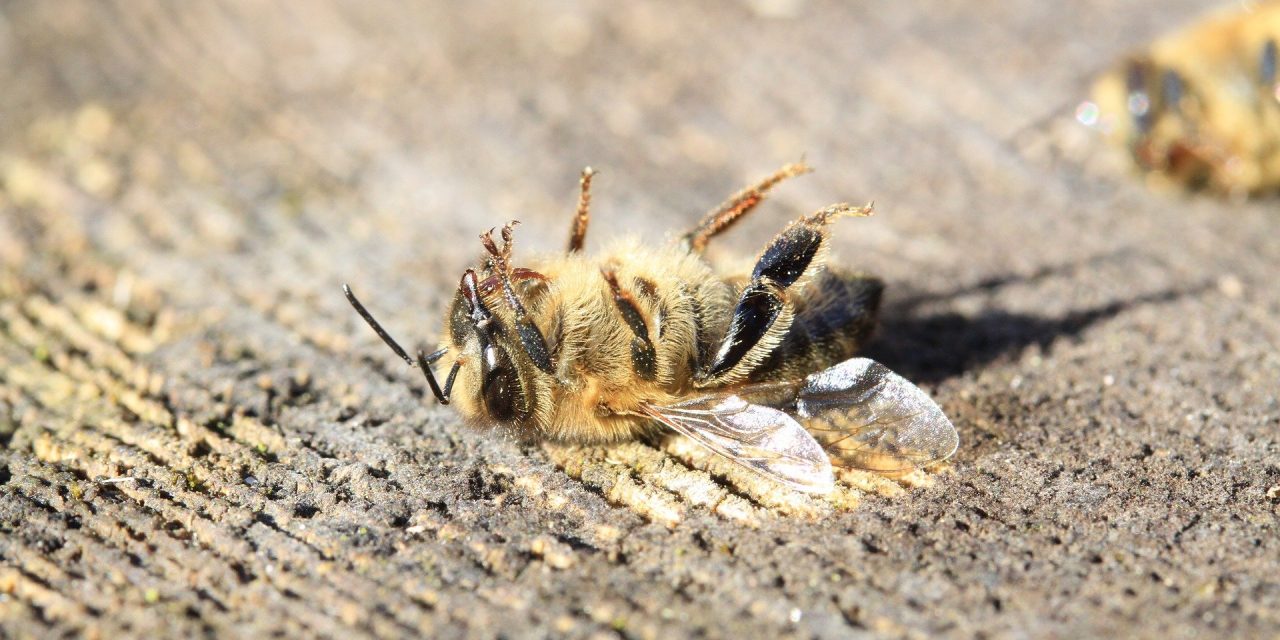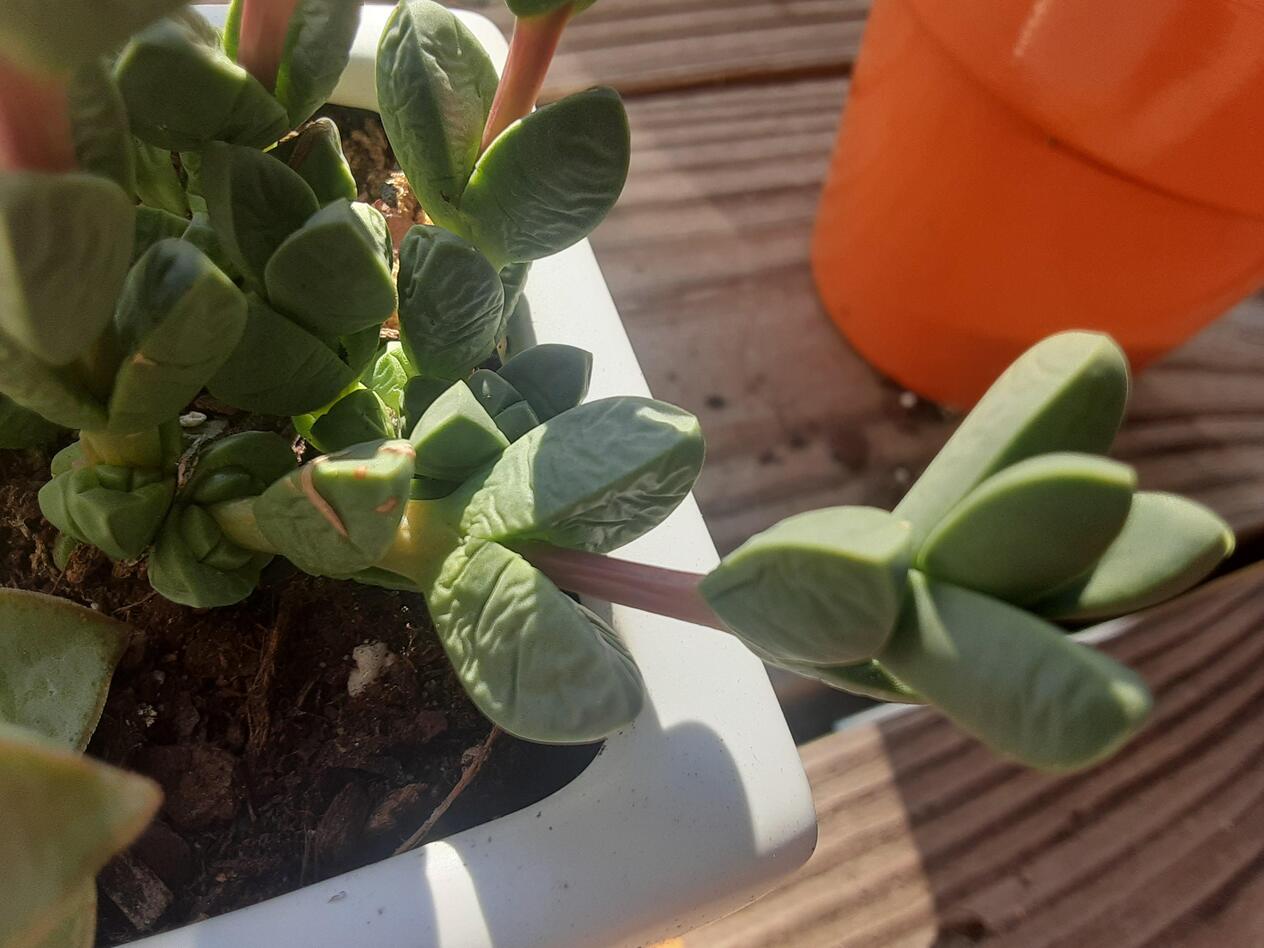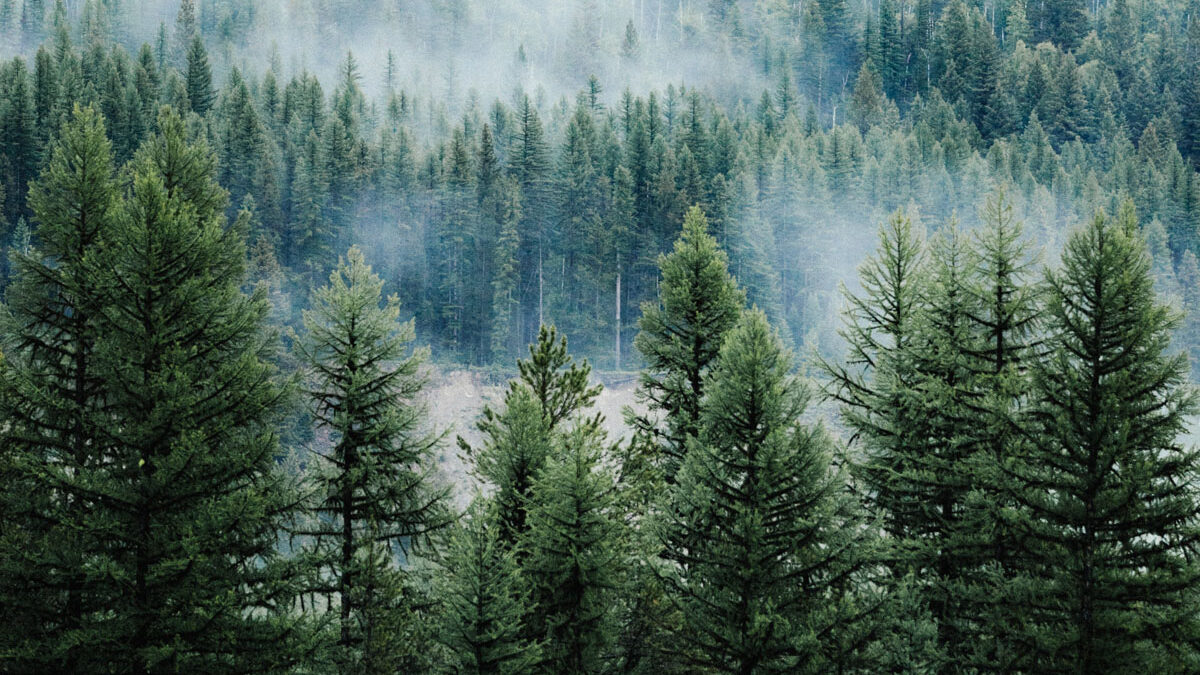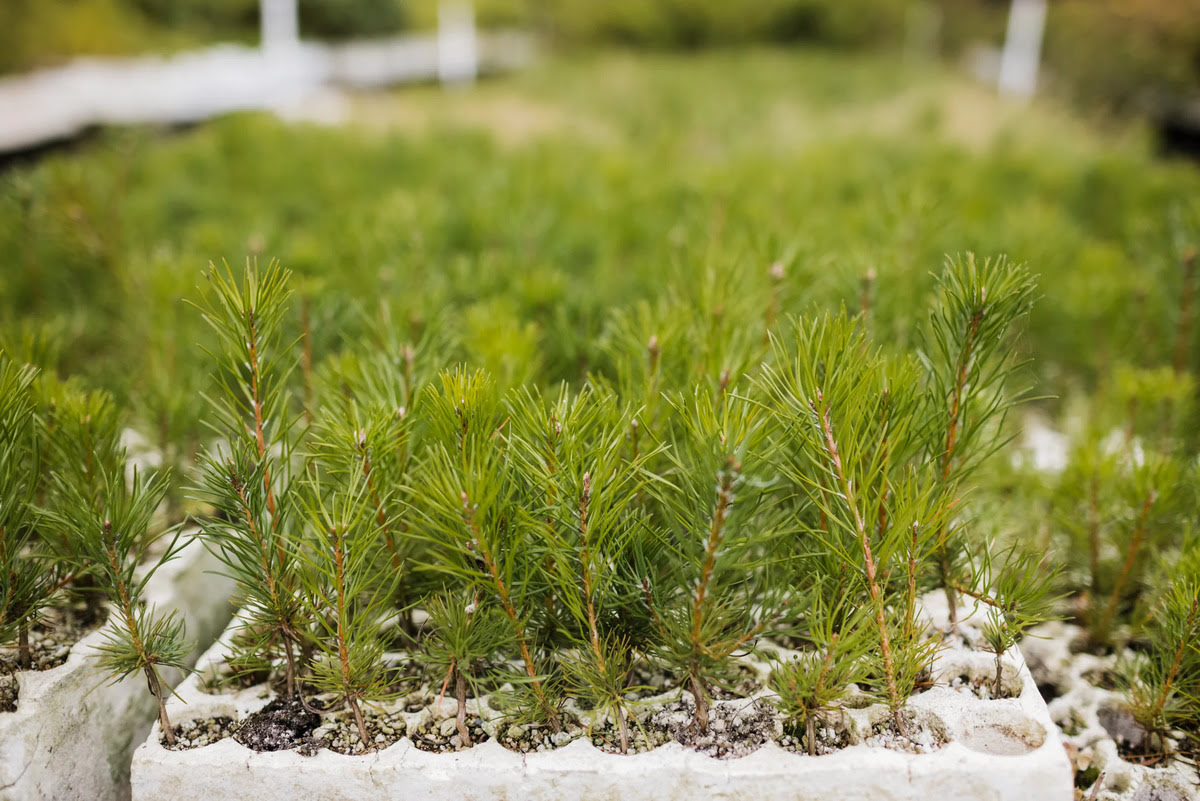Home>Gardening Tips and Tricks>Problem Solving>Why Are My Pine Trees Dying
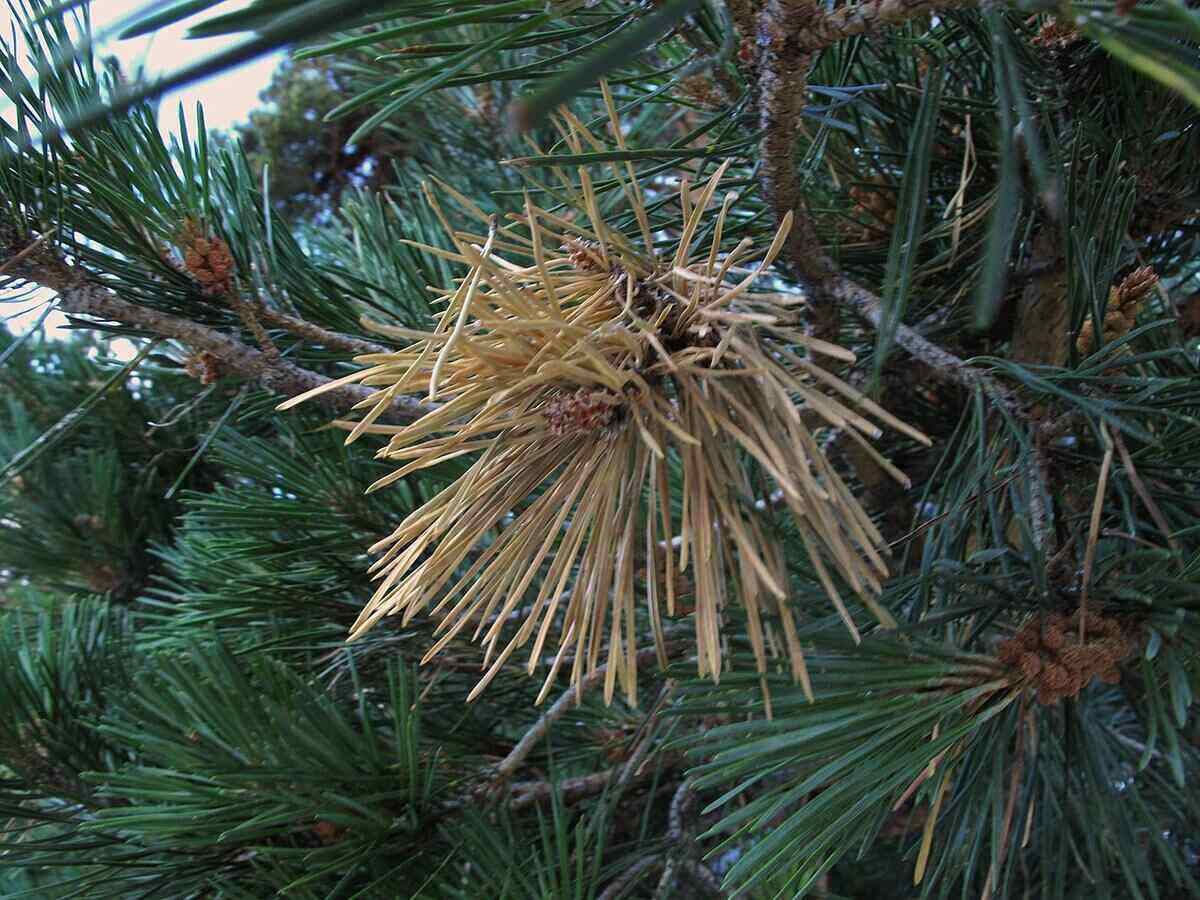

Problem Solving
Why Are My Pine Trees Dying
Published: November 6, 2023
In need of problem-solving for your dying pine trees? Find expert advice and solutions to revive and restore your pine trees' health.
(Many of the links in this article redirect to a specific reviewed product. Your purchase of these products through affiliate links helps to generate commission for Chicagolandgardening.com, at no extra cost. Learn more)
Table of Contents
Introduction
Pine trees are a common sight in many landscapes, known for their tall stature, evergreen foliage, and distinctive cones. However, it can be concerning when these iconic trees begin to show signs of decline and start dying. Understanding the reasons behind the decline of pine trees is crucial for taking appropriate measures to save them and prevent further loss.
There can be various factors contributing to the decline of pine trees, including pests, diseases, environmental stressors, and nutrient deficiencies. By identifying the underlying cause, you can implement effective solutions to revive your beloved trees and maintain their health.
In this article, we will explore the common causes of pine tree decline and discuss the pests, diseases, and environmental factors that can adversely affect their health. Additionally, we will provide guidance on proper care and maintenance techniques to ensure the longevity of pine trees in your landscape.
It is important to note that pine tree decline can vary depending on the specific species and region. Therefore, consulting with a local tree expert or arborist can provide valuable insights tailored to your specific location and type of pine tree.
Now, let’s delve into the common causes of pine tree decline and the steps you can take to address them effectively.
Common Causes of Pine Tree Decline
Pine tree decline can be attributed to various factors, with each potentially impacting their health and longevity. Identifying these causes is crucial for implementing appropriate measures to address the decline. Here are some common reasons for the decline of pine trees:
- Poor Soil Conditions: Pine trees require well-draining soil with the right pH levels to thrive. If the soil is compacted, lacking in nutrients, or has an improper pH, it can affect the tree’s ability to absorb water and nutrients, leading to decline.
- Improper Planting Techniques: If pine trees are not planted correctly, it can weaken their root system and make them more susceptible to stressors. Planting trees too deep or without proper soil preparation can hinder root growth and cause decline.
- Drought Stress: Prolonged periods of drought can be detrimental to pine trees, as they rely on consistent moisture levels to survive. Insufficient water supply can weaken the trees, making them more susceptible to diseases and pests.
- Excessive Moisture: While drought stress is harmful, excessive moisture can also negatively impact pine trees. Poor drainage can lead to waterlogged roots, causing root rot and other fungal diseases that can lead to decline.
- Severe Weather Conditions: Extreme weather events such as storms, hurricanes, and heavy snowfall can cause physical damage to pine trees. Broken branches, uprooting, and bending can weaken the tree and make it more susceptible to pests and diseases.
- Pest Infestations: Various pests can target pine trees, including bark beetles, pine sawflies, and caterpillars. These pests can cause damage by feeding on the leaves, boring into the trunk, or laying eggs in the bark, which can weaken the tree and lead to decline.
- Disease Outbreaks: Pine trees are vulnerable to certain diseases such as pine wilt, pine needle blight, and Diplodia tip blight. These diseases can cause discoloration, wilting foliage, and needle drop, ultimately leading to the decline of the tree if left untreated.
It is important to note that these causes can often overlap and compound each other, further exacerbating the decline of pine trees. Understanding the specific factors affecting your trees will guide you in implementing appropriate solutions to improve their overall health and vitality.
Pests and Diseases Affecting Pine Trees
Pine trees are susceptible to a range of pests and diseases that can significantly impact their health and vitality. Identifying these pests and diseases early on is crucial for implementing timely and effective management strategies. Here are some of the common pests and diseases that can affect pine trees:
- Bark Beetles: Bark beetles are tiny insects that burrow into the bark and create intricate tunnel systems. These pests can introduce fungi and bacteria into the tree, leading to weakened vascular systems and eventually causing the death of the tree if left untreated.
- Pine Sawflies: Pine sawflies are caterpillar-like insects that feed on the foliage of pine trees. Their feeding activity can defoliate the tree, reducing its ability to produce energy through photosynthesis. Severe infestations can weaken the tree and make it more susceptible to other stressors.
- Pine Needle Blight: Pine needle blight is a fungal disease that affects the needles of pine trees. It causes discoloration, browning, and premature needle drop. If left unmanaged, this disease can weaken the tree and lead to a decline in its overall health and vigor.
- Pine Wilt Disease: Pine wilt is a deadly disease caused by the pine wood nematode. These microscopic roundworms invade the tree’s vascular system, obstructing water and nutrient movement. Infected trees may exhibit wilting needles, browning foliage, and eventually dieback of branches.
- Diplodia Tip Blight: Diplodia tip blight is a fungal disease that affects the tips of pine branches. It causes browning, stunted growth, and dieback of the affected branches. Severe infections can lead to overall decline and loss of vigor in pine trees.
- Phytophthora Root Rot: Phytophthora root rot is a soil-borne disease caused by Phytophthora fungi. It attacks the root system, leading to rotting and decay. Affected trees may show decline symptoms, including yellowing foliage, stunted growth, and increased susceptibility to other stressors.
- Pine Rusts: Pine rusts are a group of fungal diseases that affect pine trees. They cause the formation of rust-colored structures on needles, stems, and cones. Severe infections can weaken the tree and impact its overall health and productivity.
Managing pests and diseases affecting pine trees involves a combination of preventative measures, early detection, and appropriate treatment methods. Regular inspections, proper sanitation, and implementing integrated pest management techniques are essential in maintaining the health and vitality of pine trees.
Environmental Factors Impacting Pine Tree Health
Environmental factors play a significant role in the overall health and well-being of pine trees. Exposure to unfavorable conditions can weaken the trees, making them more susceptible to stress, pests, and diseases. Understanding these environmental factors can help you identify potential issues and take appropriate measures to protect your pine trees. Here are some common environmental factors that can impact pine tree health:
- Temperature Extremes: Pine trees have specific temperature preferences, and extreme cold or hot temperatures can be detrimental to their health. Frost damage in winter or excessive heat in summer can cause stress, leading to needle discoloration, wilting, or even death of the tree.
- Wind Exposure: Strong winds can have a significant impact on pine trees. Constant exposure to high winds can lead to physical damage, such as broken branches or uprooting. Furthermore, wind dehydrates the trees, exacerbating the risk of drought stress and making them more susceptible to pests and diseases.
- Air Pollution: Poor air quality, including high levels of pollutants and smog, can negatively affect pine trees. Pollutants can accumulate on the foliage, impairing the tree’s ability to carry out photosynthesis. This can lead to reduced vigor, stunted growth, and increased susceptibility to pests and diseases.
- Soil Compaction: Compacted soils restrict root growth and inhibit the tree’s ability to absorb water and nutrients. Construction activities, heavy foot traffic, or improper landscaping practices can lead to soil compaction around pine trees, causing decline symptoms such as yellowing foliage, reduced growth, and overall weakened health.
- Excessive Salinity: Pine trees are generally not tolerant of high levels of salt in the soil or irrigation water. High salinity levels can disrupt the tree’s water uptake and nutrient absorption, leading to dehydration and nutrient deficiencies. This can manifest as yellowing needles, stunted growth, and increased susceptibility to other stressors.
- Elevation and Sun Exposure: Different species of pine trees have specific elevation and sun exposure preferences. Planting pine trees at an inappropriate elevation or exposing them to excessive sunlight can cause stress and lead to the decline of the tree. It is crucial to select species suitable for your region and provide the right amount of shade and protection.
By understanding and mitigating these environmental factors, you can create a more favorable growing environment for your pine trees, ensuring their health and longevity.
Nutrient Deficiencies in Pine Trees
Like all plants, pine trees require essential nutrients to grow and thrive. When certain nutrients become deficient in the soil, it can hinder the tree’s growth, weaken its overall health, and make it more susceptible to pests and diseases. Identifying and addressing these nutrient deficiencies is essential for maintaining the vitality of your pine trees. Here are some common nutrient deficiencies in pine trees:
- Nitrogen (N) Deficiency: Nitrogen is an essential nutrient for foliage growth and overall tree vigor. A lack of nitrogen can cause the needles to turn pale or yellow and slow down the tree’s growth. The lower branches may also exhibit dieback as the tree reallocates resources to sustain new growth.
- Phosphorus (P) Deficiency: Phosphorus is crucial for root growth, flowering, and fruit production. A phosphorus deficiency can result in stunted growth, decreased flower and cone production, and an overall decline in the tree’s health.
- Potassium (K) Deficiency: Potassium supports various physiological processes in pine trees, including water and nutrient uptake, disease resistance, and overall stress tolerance. A deficiency in potassium can lead to weak growth, scorched or curled foliage, and increased susceptibility to pests and diseases.
- Magnesium (Mg) Deficiency: Magnesium is involved in chlorophyll production and photosynthesis. Inadequate magnesium can cause yellowing of older needles, while the younger needles may retain a healthy green color. This condition is known as interveinal chlorosis, and if left untreated, it can weaken the tree and impact its overall health.
- Iron (Fe) Deficiency: Iron is essential for chlorophyll formation and photosynthesis. A lack of iron can lead to yellowing needles with green veins, known as iron chlorosis. Iron deficiency can occur in soils with high pH or excessive soil moisture, inhibiting the tree’s ability to absorb and utilize iron effectively.
- Zinc (Zn) Deficiency: Zinc is necessary for various metabolic processes in pine trees. A zinc deficiency can cause stunted growth, yellowing needles, and reduced cone production. The new growth may exhibit distorted or smaller needles, indicating a lack of zinc.
Identifying nutrient deficiencies in pine trees often requires a soil analysis to determine the specific nutrient levels in the soil. Once deficiencies are identified, appropriate fertilization or soil amendment techniques can be employed to restore the proper nutrient balance. Consulting with a local arborist or tree care professional is recommended to ensure accurate diagnosis and targeted treatment methods.
Proper Care and Maintenance Techniques for Pine Trees
Implementing proper care and maintenance techniques is crucial for the health and longevity of your pine trees. By following these guidelines, you can ensure that your trees receive the necessary care they need to thrive. Here are some essential techniques for pine tree care and maintenance:
- Planting: When planting pine trees, ensure proper spacing between trees to allow for adequate airflow and sunlight penetration. Dig a wide planting hole, slightly shallower than the root ball, and backfill with a mixture of native soil and organic matter to provide optimal conditions for root growth.
- Watering: Pine trees require regular watering, especially during dry periods. Deep water the trees, soaking the soil to a depth of at least 6-8 inches. Avoid overwatering, as it can lead to root rot. Consider using a soaker hose or drip irrigation system to deliver water directly to the root zone.
- Mulching: Apply a layer of organic mulch around the base of the tree, extending out to the drip line. Mulching helps conserve moisture, suppresses weed growth, and regulates soil temperature. Use 2-4 inches of organic mulch, such as wood chips or pine straw, but keep it away from the tree trunk to prevent moisture buildup and bark rot.
- Pruning: Regular pruning helps maintain the shape and structure of pine trees while removing dead or diseased branches. Prune during late winter or early spring before new growth begins. Avoid excessive pruning, as it can stress the tree and make it more susceptible to pests and diseases.
- Fertilizing: Conduct a soil test to determine the nutrient levels in the soil. If deficiencies are detected, apply a slow-release or balanced fertilizer specifically formulated for pine trees. Follow the manufacturer’s instructions and avoid excessive fertilization, as it can lead to nutrient imbalances and environmental pollution.
- Pest and Disease Management: Implement integrated pest management techniques to prevent and manage pest and disease issues. Regularly inspect the trees for signs of infestation or disease, and if necessary, employ appropriate treatment methods such as insecticidal sprays or fungicides. Consult with a professional arborist for accurate diagnosis and targeted solutions.
- Environmental Considerations: Consider the environmental factors that can impact pine trees, such as wind exposure and soil compaction. Protect young trees from strong winds by erecting windbreaks or providing temporary shade. Avoid excessive foot traffic and construction activities near tree roots to prevent soil compaction and damage.
Remember that different species of pine trees may have specific care requirements, so it is essential to research and understand the specific needs of your tree species. Regular observation, proper care, and timely action can help maintain the health and beauty of your pine trees for years to come.
Conclusion
Pine trees are magnificent additions to any landscape, but they can experience decline and face various challenges. By understanding the common causes of decline and implementing proper care and maintenance techniques, you can ensure the health and longevity of your pine trees.
We explored common causes of pine tree decline, including poor soil conditions, drought stress, pests, diseases, and environmental factors. It is important to identify the specific factors affecting your trees to implement targeted solutions.
Regular inspections, proper watering, mulching, and pruning are essential practices for maintaining pine tree health. Additionally, diagnosing and managing pest and disease issues promptly can prevent further damage. Soil testing and appropriate fertilization can help address nutrient deficiencies.
Environmental factors such as temperature extremes, wind exposure, and air pollution can impact pine tree health. Taking measures to mitigate these factors, such as providing windbreaks and maintaining good air quality, can protect your trees.
Remember to consult with local arborists or tree care professionals for specific guidance tailored to your region and tree species. Their expertise can help ensure accurate diagnosis and effective strategies in maintaining the health and vitality of your pine trees.
By implementing proper care techniques, you can enjoy the beauty and benefits of your pine trees for years to come. Regular care and attention will not only enhance the aesthetic appeal of your landscape but also contribute to the overall health of the environment.
